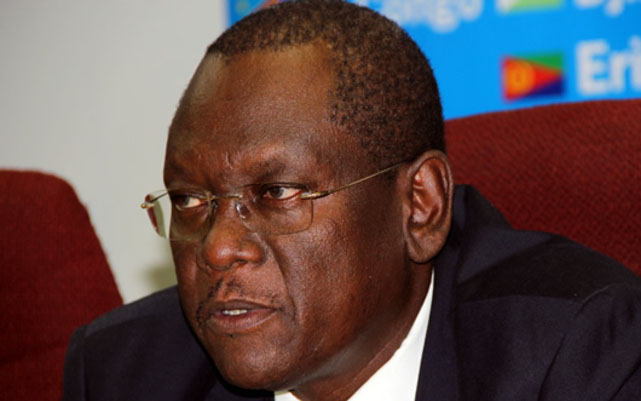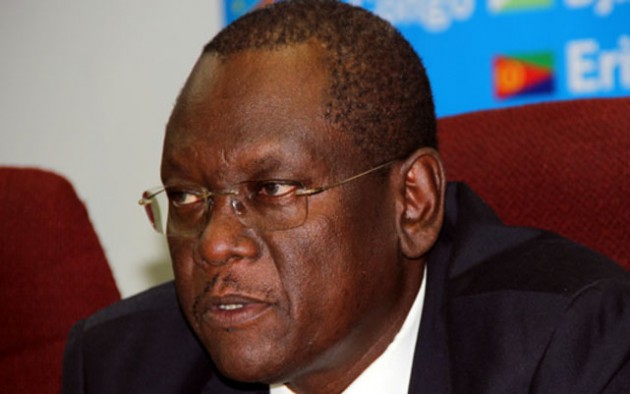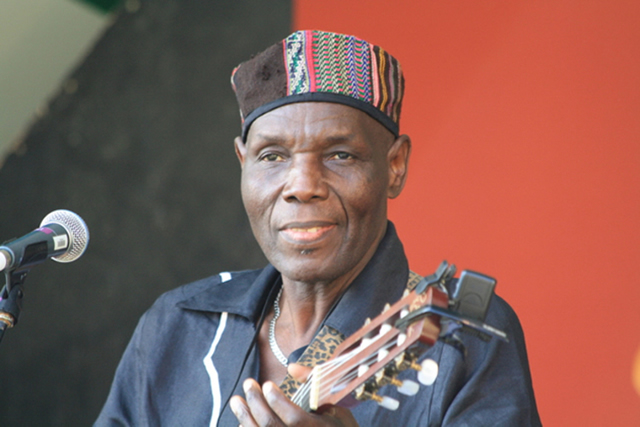Comesa reviews infrastructure programmes

Business Reporter
Infrastructure experts from the Common Market for Eastern and Southern Africa Member States are meeting in Zambia to review the status of domestication and implementation of programmes in transport and communications, energy and information technology in the region. Among the key programmes in focus are; the establishment of a navigational route between Lake Victoria and the Mediterranean Sea known as VICMED, the regional power interconnectors and the proposed establishment of cybercrime capacity building centre.
This is the 10th meeting of the Comesa committee of infrastructure experts representing the 19 Member States. Noting that the estimated financing requirement to close Africa’s infrastructure deficit amounts to $93 billion annually until 2020, Assistant Secretary General for Comesa, Dr Kipyego Cheluget said the implementation of Africa’s Vision of an integrated continent free of poverty is inextricably linked to the existence of infrastructure.
“The emphasis at regional and continental levels is on innovation and creativity, thinking outside the box to come up with feasible instruments to speed up the development of physical infrastructure,” he said, adding that the Comesa EAC-Sadc tripartite region requires US$50 billion,” said Dr Cheluget.
During the session, a progress report on the implementation of Zambia, Tanzania, Kenya (ZTK) Power Interconnector was presented. The project is currently under implementation to interconnect the three countries thus creating a link between the Southern African Power Pool and the East African Power Pool. This will make it possible for transmission of power from Cape to Cairo.
According to a market study conducted on the project in December 2016, the link will make it possible to transfer as much as 600 Megawatts from Ethiopia, through Kenya to Tanzania and Zambia in the short-term and vice versa in the long-term. Several sections of the power infrastructure have been completed with others at various stages of implementation. In November 2017, a financier’s conference for the raising of financing for the remaining sections will be held in Lusaka, Zambia.
In addition to the ZTK, other major interconnectors in Comesa region which are at various stages of development, include the Ethiopia-Kenya; Egypt-Sudan-Ethiopia, Egypt-Sudan, and the Zizabona (Zimbabwe-Zambia-Botswana-Namibia) Interconnectors. Realising that scaling up financing from traditional sources alone would not be adequate to close the infrastructure gap, Comesa is exploring opportunities for tapping into private financing, creating new partnerships and reducing wastage in such investments.
In his statement, Permanent Secretary in the Ministry of Transport and Communication, Zambia, Engineer Misheck Lungu supported this approach stating that the public sector, on its own may not be able to bridge the funding gap for infrastructure investment.
“There is need to engage the private sector through public-private-partnerships (PPPs) through development of effective institutional and financial mechanisms to attract private sector participation in infrastructure development,” he said. “Member States with the assistance of Comesa Secretariat should prepare bankable projects, enact enabling laws and regulations, and establish appropriate loan guarantee systems.”
The European Union has been the largest contributor to infrastructure programmes in the Comesa region.











Comments